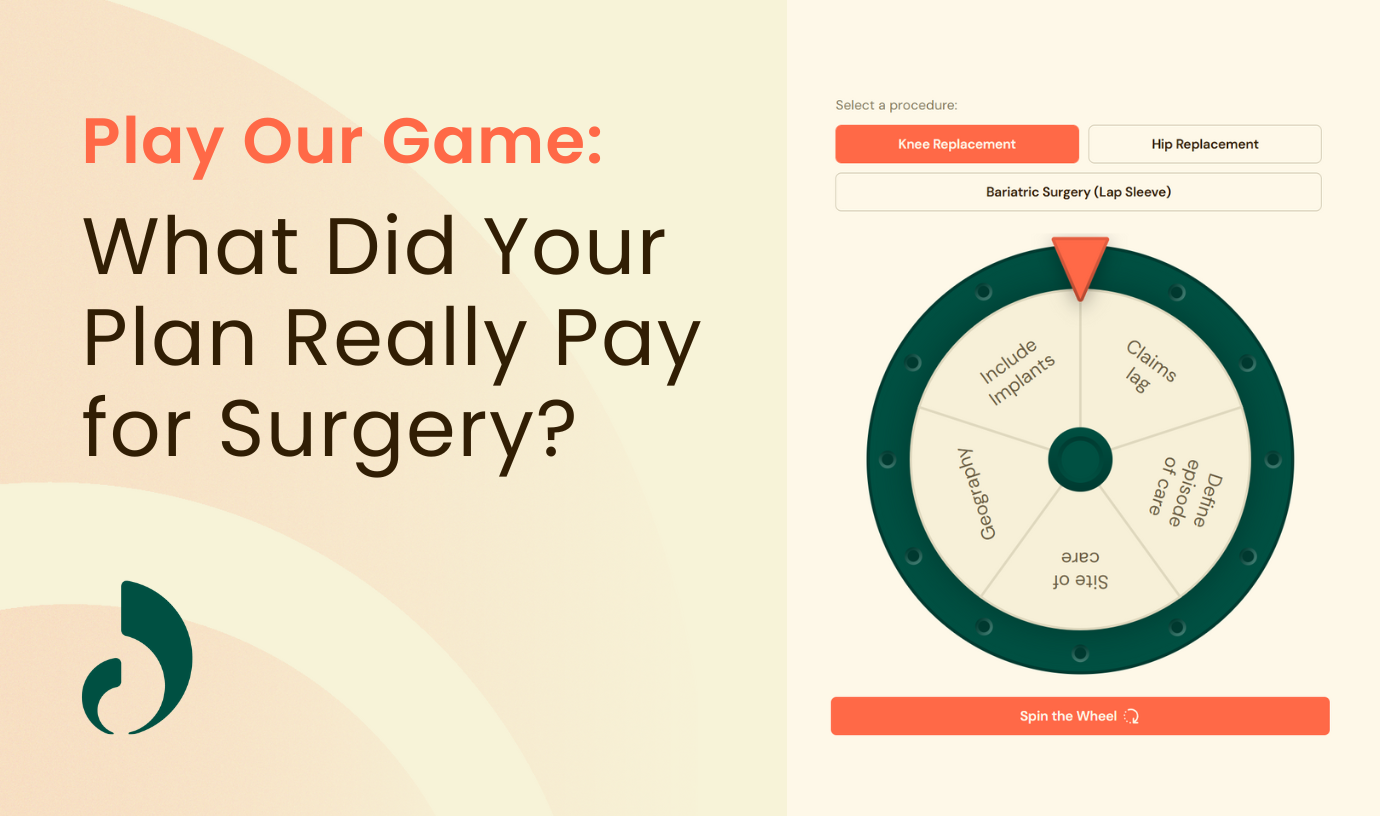What 6 million covered lives taught us about specialty care savings
If you’re spending millions on employee healthcare and wondering if you’re actually getting value for those dollars, you’re asking the right question. Benefits leaders are trying to rein in healthcare costs using a variety of point solutions, often without a clear way to measure return on investment.
John Zutter, CEO of Lantern, faced this exact challenge when he took over a struggling healthcare company in 2016, he told Lindsey Kratzer, CEO of Spark Health Advisors, on her podcast. He soon found that focusing on the numbers first was a surprisingly revolutionary approach in the benefits world.
Demanding Tangible, Short-Term ROI
Coming from an investment banking background, Zutter entered the healthcare space with a fresh perspective, he shares. He approached the problem not as a healthcare expert, but as a financial analyst. “I started looking at the numbers,” Zutter recalls.
This data-driven approach led to a core philosophy that directly addressed employers’ primary pain point. While other solutions focused on long-term wellness as a main metric, Zutter insisted on demonstrating immediate financial value.
“There are a whole host of digital health solutions that might have a long-term value impact, but it’s harder to show the short-term value impact,” Zutter explains. “In the absence of showing short-term ROI, a lot of those companies are struggling.”
In today’s economic climate, that’s a losing proposition.
This commitment to measurable impact became Lantern’s main differentiator. The company’s growth, from 100,000 to over 6 million members, was fueled by its ability to deliver and quantify substantial savings for its clients.
Calculating Health Benefits ROI is Hard
Follow these tips for success and demonstrate the value of your solutions.

Targeting Big Areas of Healthcare Spend
Zutter recognized that to make a meaningful difference, the company couldn’t try to fix every part of the vast and complicated healthcare system. Instead, Lantern strategically targeted the areas where spending is most concentrated. “1% of people generally are a third of cost, 5% of people are about 60% of cost, 10% of people are about 85% of cost,” Zutter says.
This led Lantern to focus on high-cost, high-impact categories:
- Plannable surgeries (~20% of total spend)
- Oncology care (~15-20% of spend)
- Infusions (~5-10% of spend)
Together, these categories represent nearly half of an employer’s total healthcare spending and the majority of its growth.
By concentrating on these areas, Lantern drives significant savings—with rates as much as 50 to 55% lower than carriers’—by steering members to high-quality, more affordable care and utilizing bundled payments. This focus allowed the company to provide a solution that was “big enough to matter for that employer.”
Lantern’s approach: Focus on areas where you can demonstrate significant cost reductions through measurable interventions like:
- Steering employees to high-quality providers with <1% complication rates
- Optimizing site of care decisions
- Negotiating better contracts
- Implementing bundled payment models
The key difference: These savings are immediate and auditable—no “trust us” metrics required.

In a market crowded with startups eager to expand their services, Zutter identified a common pitfall.
“I think that one of the biggest entrepreneur traps in our space is expanding into categories for the sake of expanding into categories,” he cautions.
Lantern resisted this temptation, choosing to stay disciplined and excel within its chosen lane. Zutter and his team developed a five-point checklist to evaluate any potential new service, ensuring it aligned with their core model of addressing low-frequency, high-severity events where they could truly make a difference.
This prevented the company from diluting its impact and ensured it remained the expert in solving employers’ most expensive problems in specialty care.
Using Engagement to Drive Results
A brilliant cost-saving strategy is worthless if employees don’t use it. Zutter understood that achieving results depended entirely on successful member engagement. Lantern developed a sophisticated, multi-channel approach to communication, acknowledging that “you have to be omnichannel, but you should tailor appropriately.”
The company learned to customize its outreach based on demographics, noting that for some blue-collar, rural populations, “physical mail is still quite effective,” and that simple tools like refrigerator magnets can provide the longevity needed to be there for a member at the right time.
By treating engagement as a science, Lantern ensured that its powerful cost-containment engine was put to effective use.
Looking ahead: The Therapeutic Revolution
When thinking about future challenges, Zutter highlights that benefits leaders need to think about how the shift from procedural care to therapeutic care will affect them.
“Today the topic du jour is GLP-1s, but there will be another class of drugs that gets released tomorrow or the next day that impacts a variety of other conditions,” he says.
This isn’t just about managing the next expensive drug class or cell and gene therapies. It’s about developing a broader strategy for dealing with fundamental changes in how healthcare is delivered—especially when treatments are long-term and employees might not stick around for the full benefits cycle.
What Matters Most
Zutter’s journey from skeptical investor to healthcare CEO offers a masterclass in focusing on what matters most: proving real value, engaging effectively and staying disciplined about your core mission.
For benefits leaders, the key takeaways are clear:
- Demand proof, not promises from your vendors.
- Think strategically about engagement across different employee populations
- Focus on solutions that address your biggest cost drivers
- Prepare for the ongoing transformation in how healthcare is delivered
The healthcare benefits landscape is challenging, but companies like Lantern prove that with the right focus and approach, it’s possible to deliver real value to both employers and employees.
Get a Clear Picture of Your Healthcare Spend
Download Lantern’s TrueRate Savings Methodology





